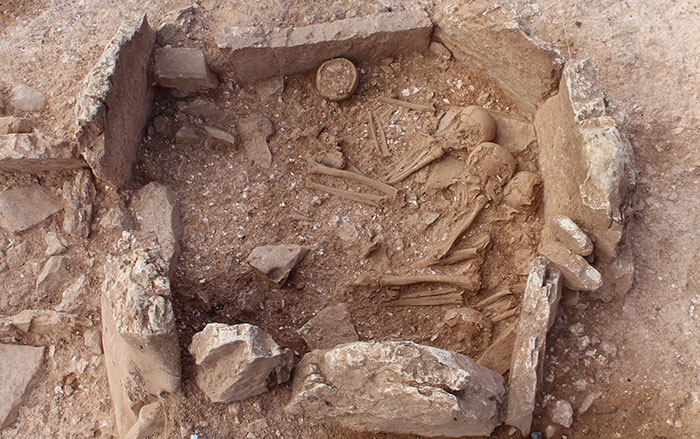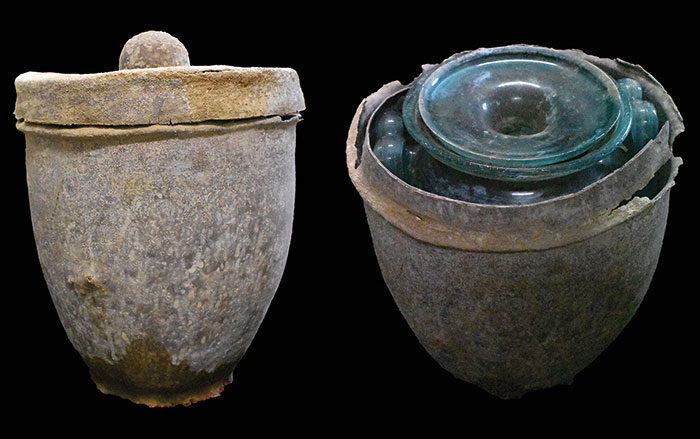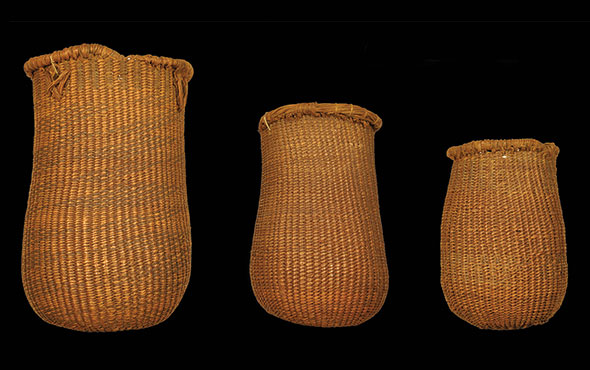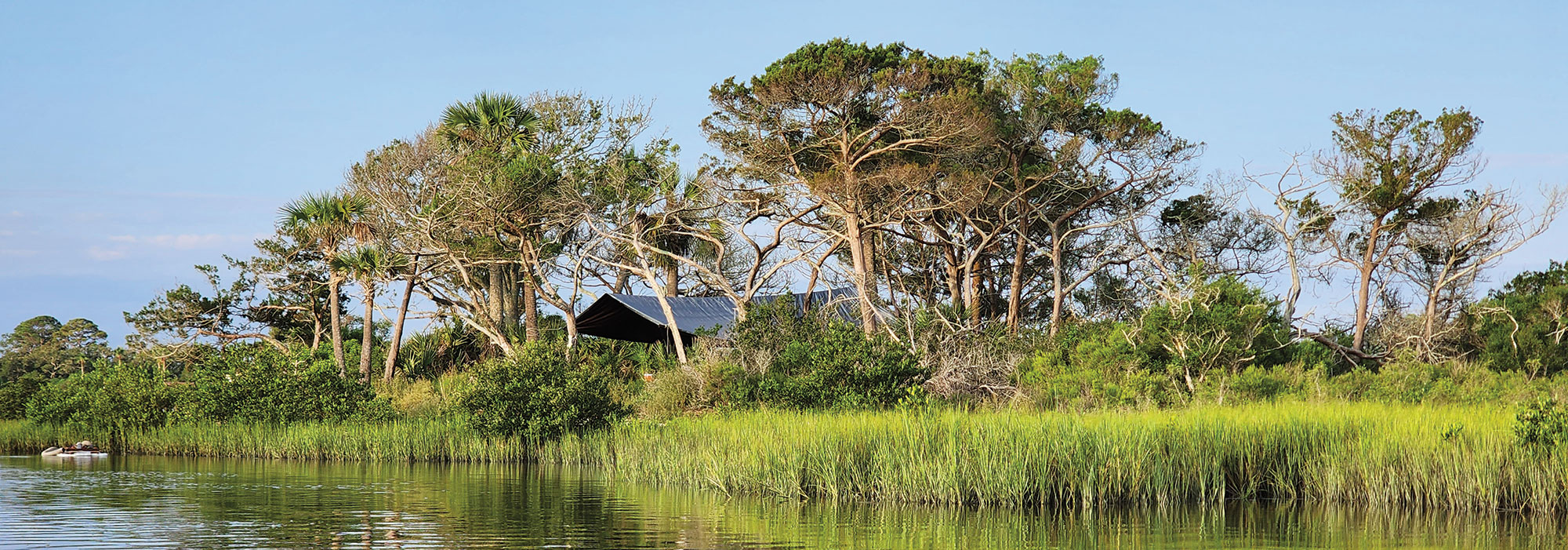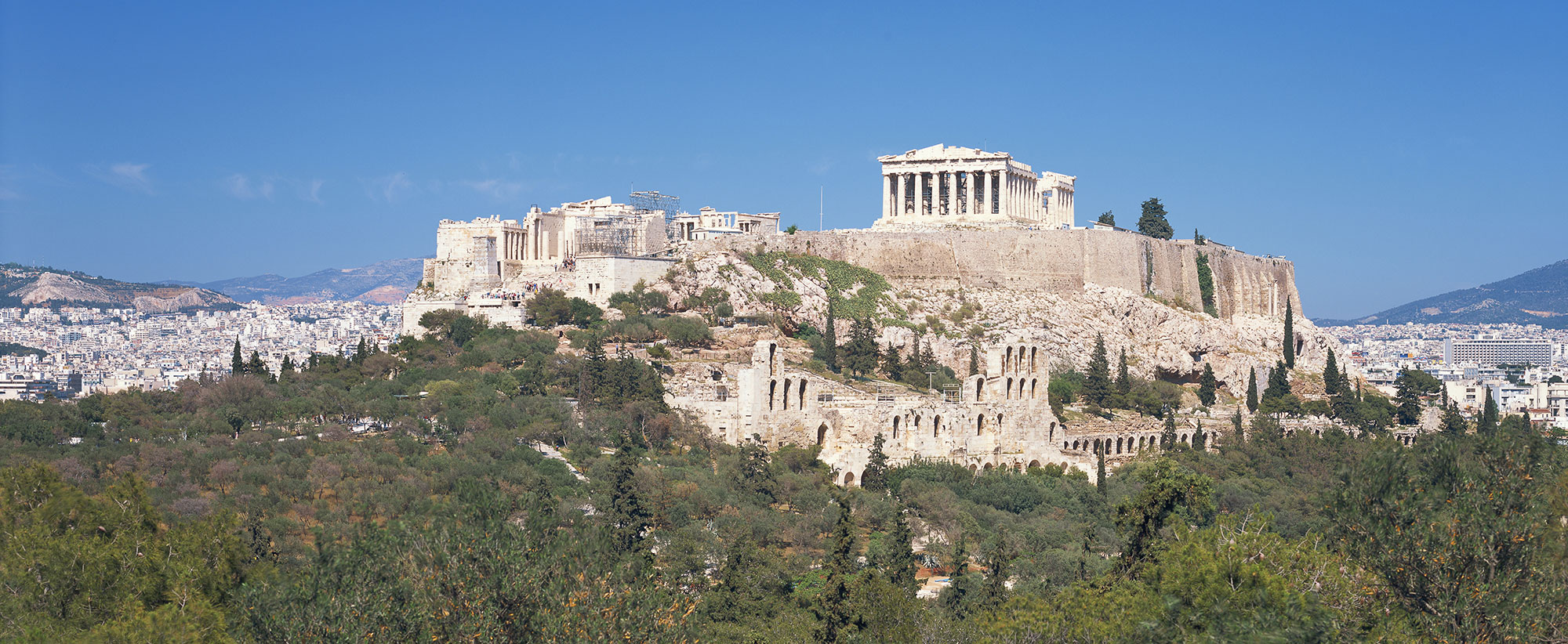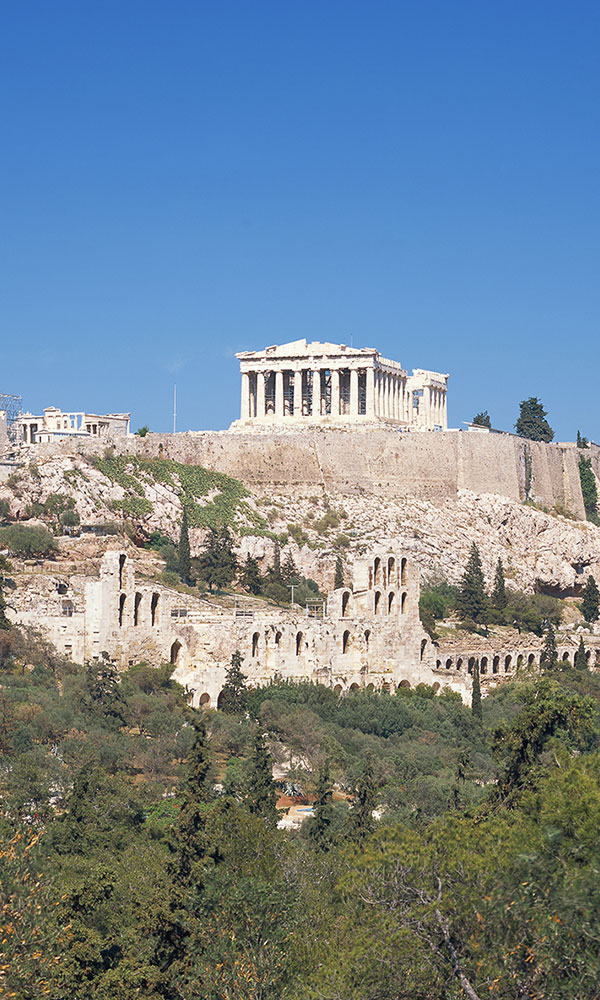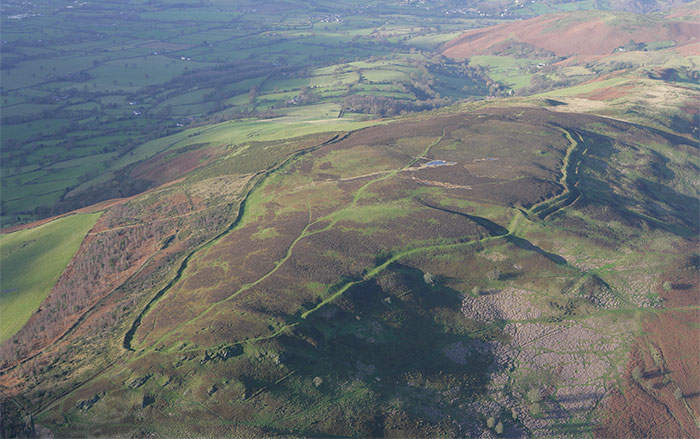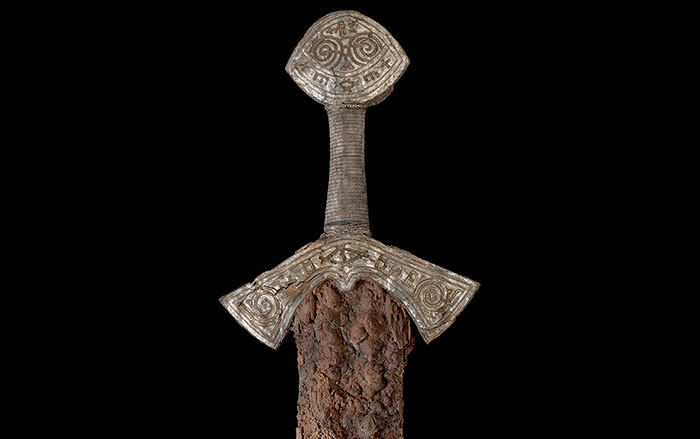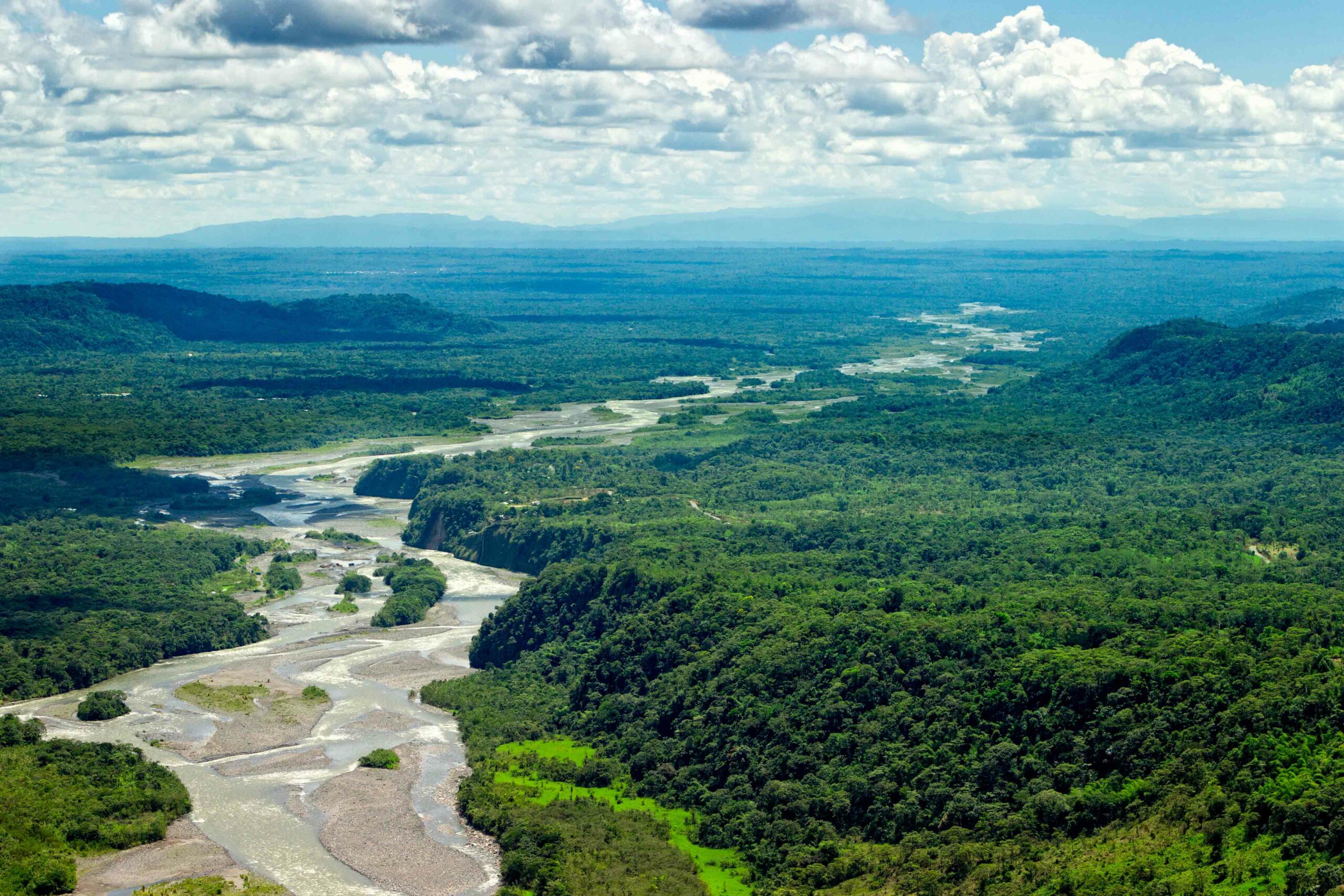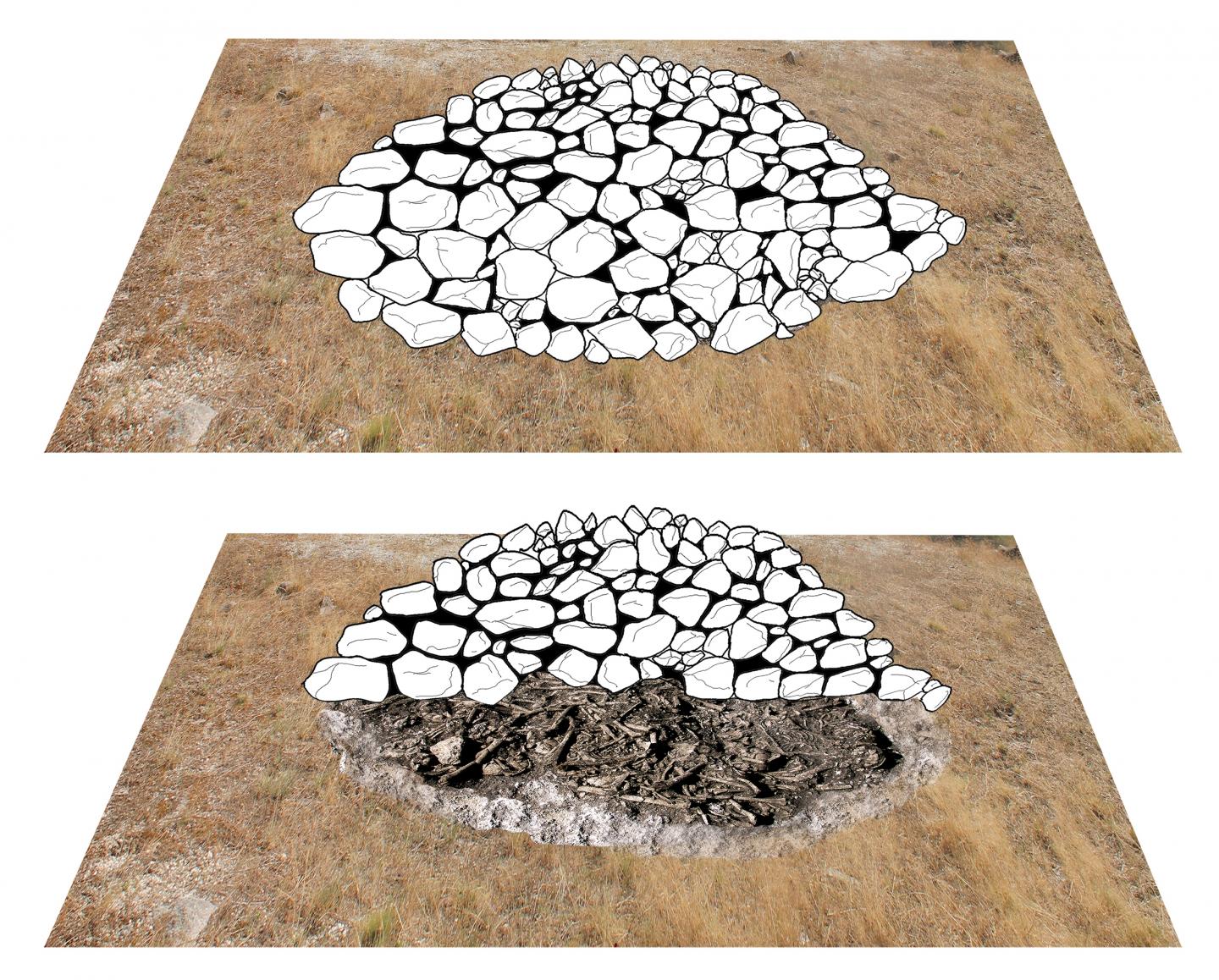
BASEL, SWITZERLAND—Anthropologists from the University of Basel and archaeologists from the University of Valladolid have completed their examination of a 6,000-year-old mound located near Burgos, Spain. The burial chamber, originally made of wood, was later covered with a stone mound. Radiocarbon dating suggests that the tomb, which contained the remains of at least 47 people, was used over a period of three to four generations. About half of the remains were of children and adolescents, while the other half were of adults. The adult remains showed signs of degenerative diseases of the spine and joints, healed fractures, head injuries, and dental problems. Genetic studies indicate that bodies that had been buried close to each other were closely related. Chemical analysis suggests that all but three of the individuals had grown up in the area, and that they shared a farmer’s diet of wheat, barley, sheep, goat, and pig. “This is the first study that presents a detailed picture of how Neolithic people were connected in life and death,” Kurt W. Alt of the University of Basel said in a press release. To read more, go to "Neolithic Europe's Remote Heart."


